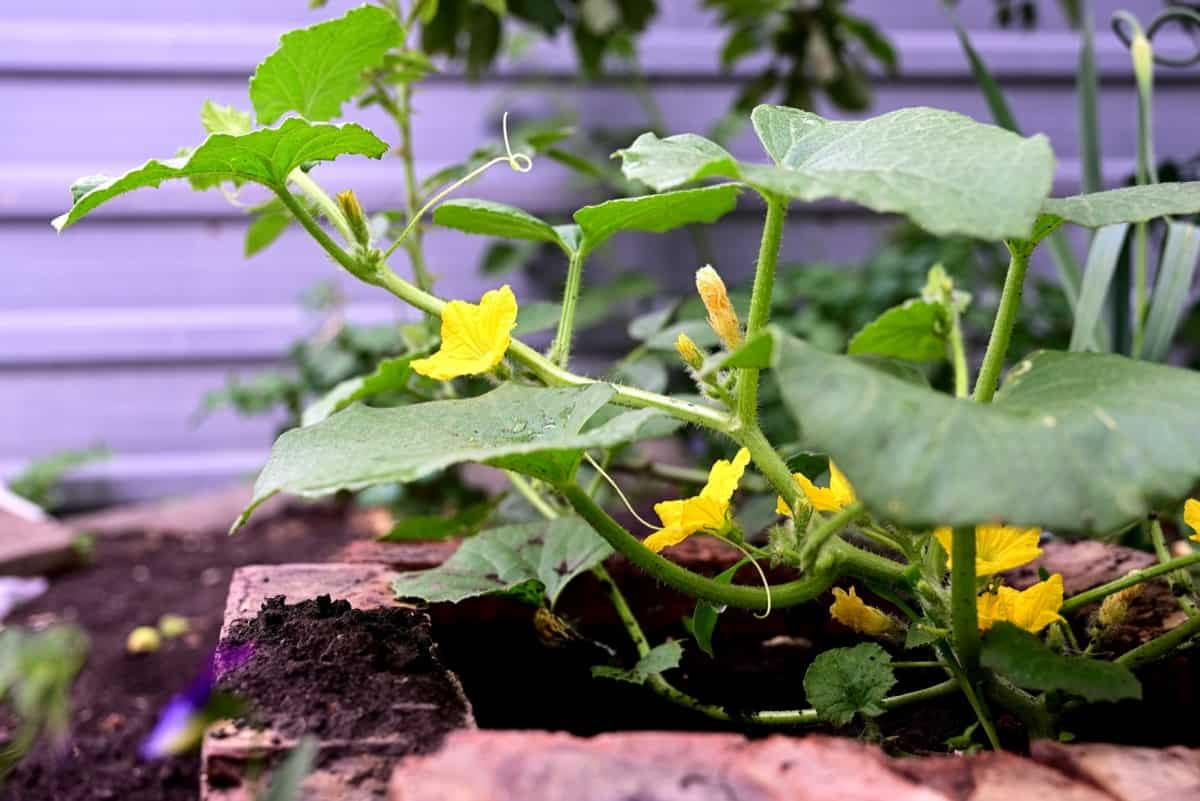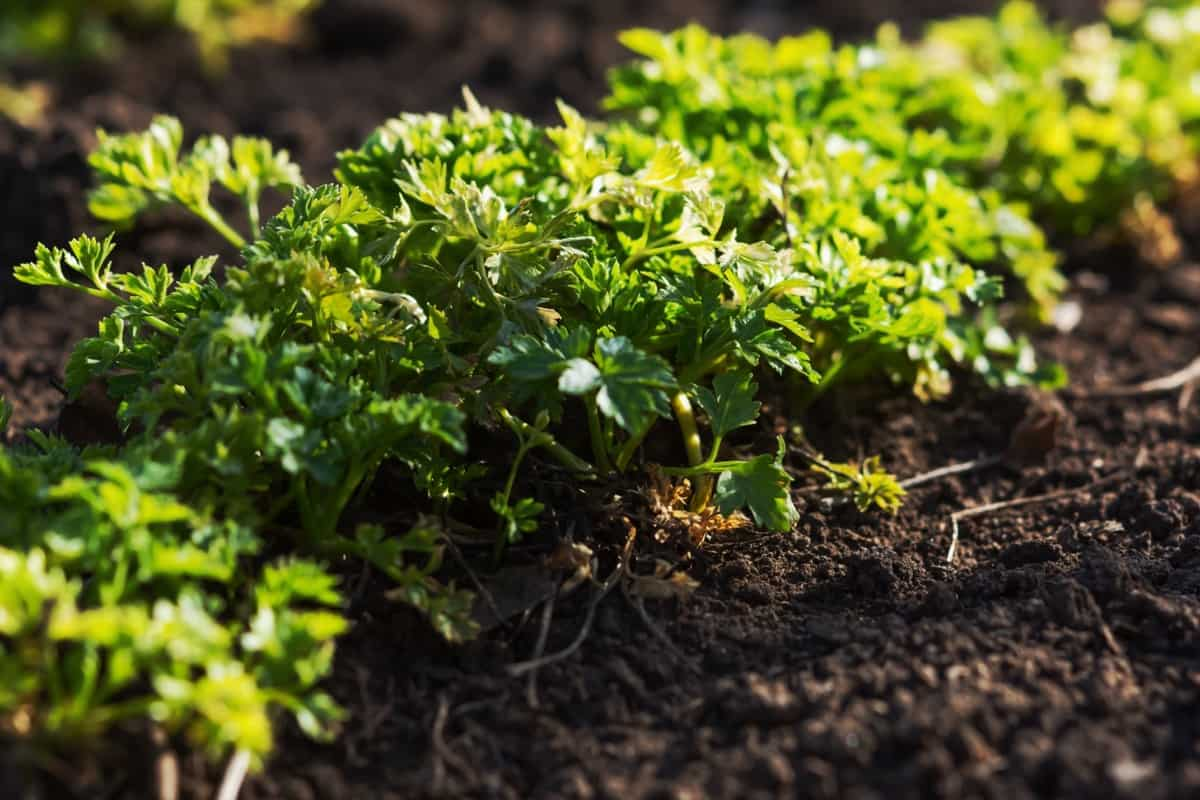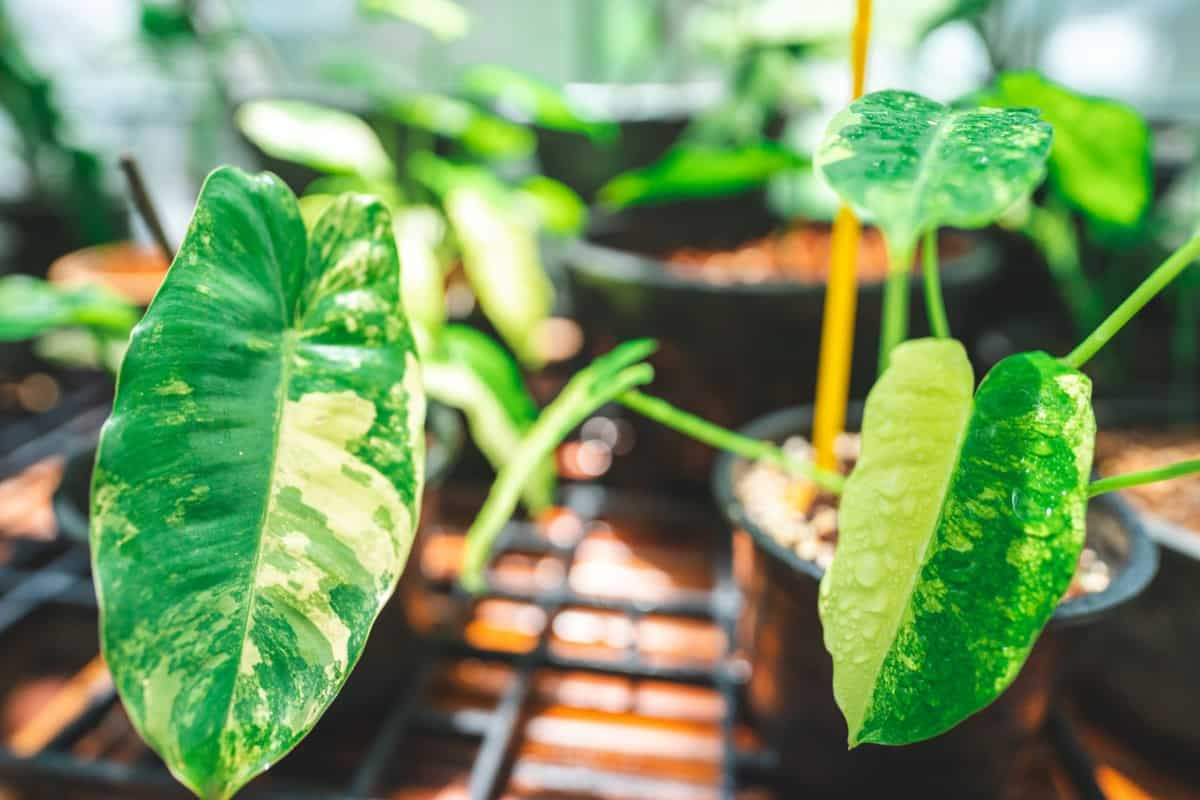When it comes to giving their plants the best possible illumination, gardeners frequently need help. The two main things to think about are artificial growth lights and sunshine. To assist you in choosing what’s best for your garden, we will examine the characteristics, benefits, and drawbacks of both grow lights and sunshine in this in-depth tutorial.
Characteristics of Sunlight
Sunshine is a full-spectrum light source in several hues, such as green, blue, and red. These hues are essential for controlling the development of plants. Surplus sunshine also contains ultraviolet (UV) light, which helps plants produce vitamin D.

Exploring Grow Light Properties
Conversely, grow lights are artificial light sources created especially to promote the development of plants. You can create the perfect growth environment for your plants using grow lights since, unlike sunshine, you can regulate the length of time they are exposed to them. There exist several varieties of grow lights, such as:
- High-pressure sodium (HPS) Grows Lights
- Metal halide (MH) Grow Lights
- Light Emitting Diode (LED) Grow Lights
- Fluorescent Grow Lights
- High-Intensity Discharge (HID) Grow Lights
Light’s Important Role in Plant Growth
- Photosynthesis: The process by which plants transform light energy into chemical energy in the form of sugars requires light.
- Energy Production: Without light, plants cannot synthesize the sugars required for development and procreation.
- Development of Chlorophyll: Light is the catalyst that causes the development of chlorophyll, which is necessary for a plant to absorb light and produce food.
Differences: Grow Light Vs Sunlight in Agriculture
- Cost: Sunlight is free, while investing in quality grow lights can be expensive upfront.
- Resource: Sunlight is natural and comes from the sun, whereas grow lights are artificial and designed to mimic sunlight.
- Color Spectrum: Sunlight consists of multiple colors, while grow lights are often single-colored (typically red, blue, or green).
- Controllability: Sunlight is uncontrollable, as it depends on weather conditions, while grow lights offer precise control over light exposure.
- Location: Sunlight is ideal for outdoor plants, whereas grow lights are tailored for indoor gardening.
- Climate: Grow lights can be used in regions with limited or no access to natural sunlight, providing a solution for all climates.
In case you missed it: How to Choose the Right Hydroponic Grow Light for Plants

The Different Ways that Different Colored Lights Impact Plants
The hue of the light has a significant impact on how plants develop. While there are many hues in sunlight, each with a different energy level, grow lights may be made to emit certain wavelengths.
- Blue Light’s Effect on Plants
Because blue light has shorter wavelengths and more energy, it encourages vegetation development and increases biomass. But, it causes lateral expansion because the internodal lengths are shortened.
- Red Light’s Effect on Plants
Red light improves metabolism, photosynthesis, and flower blossoming; it has less energy than blue light. Longer internodal distances and higher plants are the result of it.
Considerations for Selecting Between Sunlight and Grow Lights
- Location: Analyze how much natural light enters your house. Think about how your windows match the development patterns of your plants. More natural light can be supplemented with grow lamps.
- Incharge: Uncontrollably bright sunlight can be influenced by the weather. Grow lights provide you exact control over the length and intensity of the light.
- Weather: Evaluate the amount of sunshine in your area. Grow lights are perfect for growing non-native plants that need a certain kind of light.
- The temperature: Think about the temperatures that your plants need. The ideal temperature may be maintained for year-round growing using grow lights.
- Spending: Although free, sunlight varies with the climate. Although they need an initial expenditure, grow lights provide long-term advantages.
- Force: Grow lights can need a power backup because they use electricity. Electricity expenditures can be mitigated by solar power.
- Length: Recognize the photoperiodic needs of your plant. The time of light exposure may be precisely controlled using grow lamps.
- Intenseness: Plant traits are influenced by light intensity. You can adjust the intensity of the light with grow lights.
In case you missed it: How to Use Grow Lights for Indoor Seedlings: Best Grow Light Setting for Seedlings

Advantages of Using Grow Lights Over Sunlight For Plants
Using grow lights for plants has several benefits over direct sunshine. First, grow lights give gardeners exact control over the light spectrum. They let them adjust the wavelengths to suit certain plant requirements, which boosts production and development. They also make it possible to cultivate all year round, doing away with the need for seasonal sunshine.
Grow lights may be arranged to maximize available area and enable vertical farming. They also encourage energy efficiency since they use less energy than conventional lighting techniques. Finally, grow lights are perfect for cultivating exotic or non-native plants, which adds diversity to the landscape. Grow lights are a worthwhile choice for amateur and professional gardeners because of these advantages.
Key Differences Between Grow Light and Sunlight
| Aspect | Grow Lights | Sunlight |
| Light Spectrum | Emit specific wavelengths (e.g., blue, red) tailored to plant needs. | Provide a full spectrum of colors, including blue and red. |
| Control | Allow precise control over light duration and intensity. | Not controllable; dependent on weather and location. |
| Climate | Suitable for growing non-native plants with specific light requirements. | Limited to native plants adapted to local climate. |
| Temperature | Can help maintain optimal temperatures for year-round gardening. | Subject to natural climate variations. |
| Expense | Requires an initial investment but offers long-term benefits. | Free but subject to climate variations. |
| Power Consumption | Consumes electricity and may require a power backup. | No power consumption; sunlight is free. |
| Duration | Enables precise control of light exposure duration for photoperiodic requirements. | Limited to natural daylight hours and seasons. |
| Intensity | Customizable light intensity affects plant characteristics. | Constant light intensity without customization. |
| Flexibility | Allows for growing a variety of plants throughout the year. | Season-dependent growth of native plants. |
| Flowering and Fruiting | Can extend flowering and fruiting periods with controlled lighting. | Follows natural seasonal patterns. |
In case you missed it: 15 Best Low-Maintenance Outdoor Potted Plants: For Winter, Full Sun, and Shade

Conclusion
Grow lights offer precise control and flexibility, ideal for year-round or non-native plant cultivation. On the other hand, sunlight provides a full spectrum of natural light, suitable for native plants and outdoor gardens. Both have their merits and limitations. So, consider factors like climate, plant type, and budget. Whether you opt for the convenience of grow lights or the authenticity of sunlight, your garden can flourish under either option with the right care.
- Feed Your Flock for Less: Top 10 Tips to Save on Chicken Feed
- Ultimate Guide to Ossabaw Island Hog: Breeding, Raising, Diet, and Care
- Hatching Answers: The Top 10 Reasons Your Chickens Aren’t Laying Eggs
- Eggs and Economics: Breaking Down the Cost of Raising Backyard Chickens
- Defend Your Greens: Proven Methods to Keep Iguanas Out of Your Garden
- Ultimate Guide to Cinnamon Queen Chicken: A Comprehensive Guide for Beginners
- Ultimate Guide to California Tan Chicken: Breeding, Raising, Diet, Egg-Production and Care
- Ultimate Guide to Marsh Daisy Chicken: Breeding, Raising, Diet, and Care
- 10 Types of Chicken Farming Businesses You Can Start for Profits